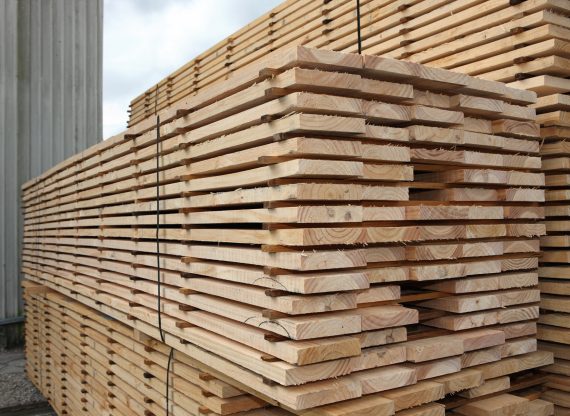Softwood lumber dispute is bad for consumers and producers

The Canadian softwood lumber dispute with the United States, which has been dragging on now for some forty years, is long overdue for a resolution. In spite of setbacks before WTO and NAFTA tribunals, accusations of subsidized production from American decision-makers and producers continue.
This has notably led to the imposition of duties on Canadian softwood lumber, which have hurt the forestry industry in regions like Quebec’s Saguenay–Lac-Saint-Jean or BC’s Vancouver Island, for instance. These measures have sizable impacts on regional economies, given that the number of jobs connected to the forestry sector was more than 302,500 in 2019.
More broadly, these tariffs are counterproductive, as they hurt both countries’ economies. On the Canadian side, it’s producers who suffer, while in the United States, it is consumers who pay the price.
In Canada, and more precisely in those regions where the forestry sector represents a significant slice of the economy, these measures impact softwood lumber producers’ exports. One study suggests that with import duties of 20.83%, there was a net loss of production of 71,000 m3 of softwood lumber, the equivalent of just under 18 times the wood contained in the framework of the Notre-Dame Cathedral in Paris.
Our projections show that from 2017 to 2027, these tariffs will have reduced Canadian producers’ exports to the tune of over US$3 billion. And this loss—in addition to hurting entrepreneurs in all producing Canadian provinces—will not even be fully offset by the increased activity of producers south of the border.
Unsurprisingly, American producers have benefited from these duties by increasing their local production of the resource. Moreover, the duties imposed cost Canadian producers around $5.6 billion between 2017 and 2021 to export the resource. It must also be noted that our southern neighbours depend on Canadian softwood lumber, with 84% of our exports of this resource heading to the United States in 2021.
What’s more, this protectionist measure put in place by President Trump—and reduced, but still maintained, by President Biden—has a direct negative impact on American consumers.
Despite the increased domestic production of American softwood lumber, the big losers from this tariff are, without a doubt, American consumers, who have to pay inflated prices for this resource. Indeed, American consumers are hurt 26 times more than Canadian producers, who succeed well enough in finding takers for their softwood lumber. Consumers south of the border lost $1.5 billion in well-being in 2017, due to the tariffs imposed by their political leaders.
In other words, Americans who pay more for softwood lumber products are subsidizing, in a way, the American producers who pocket the profits. Since there is a net loss of production, with increased US softwood lumber production not fully offsetting lower Canadian production, the quantity of the resource falls and prices are pushed higher.
US politicians need to address this situation and eliminate the duties on this resource, which are a heavy burden on their own population. With surging inflation hitting 8.6% for the month of May, a 40-year peak, households urgently need access to top quality materials at low prices. The cost of living is rising, and the removal of these tariffs would reduce pressure on construction costs, giving some much-needed respite to American families.
Olivier Rancourt is an Economist at the MEI and Gabriel Giguère is a Public Policy Analyst at the MEI. They are the authors of “Canadian Softwood Lumber: A Costly Dispute for Consumers and Companies” and the views reflected in this opinion piece are their own.

